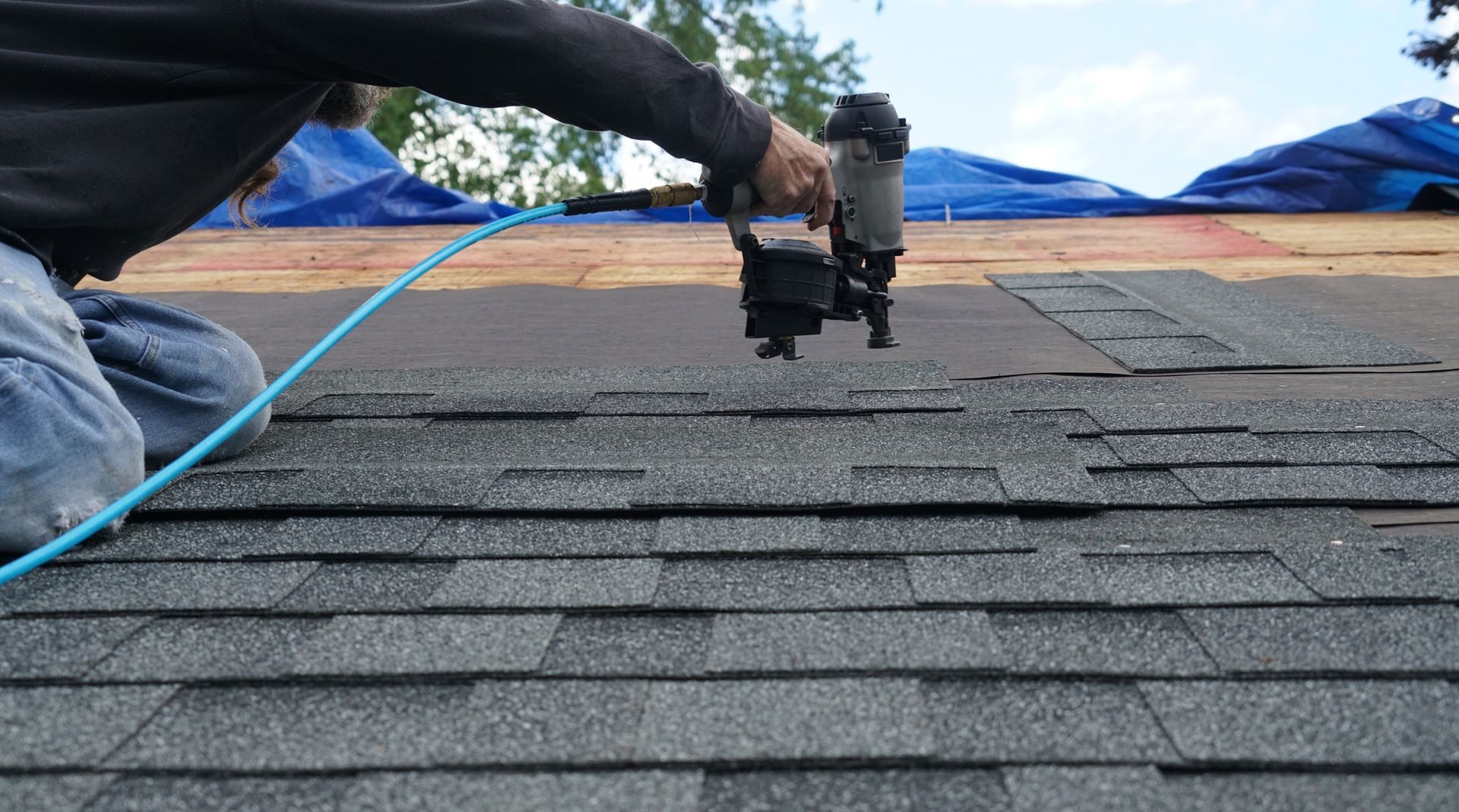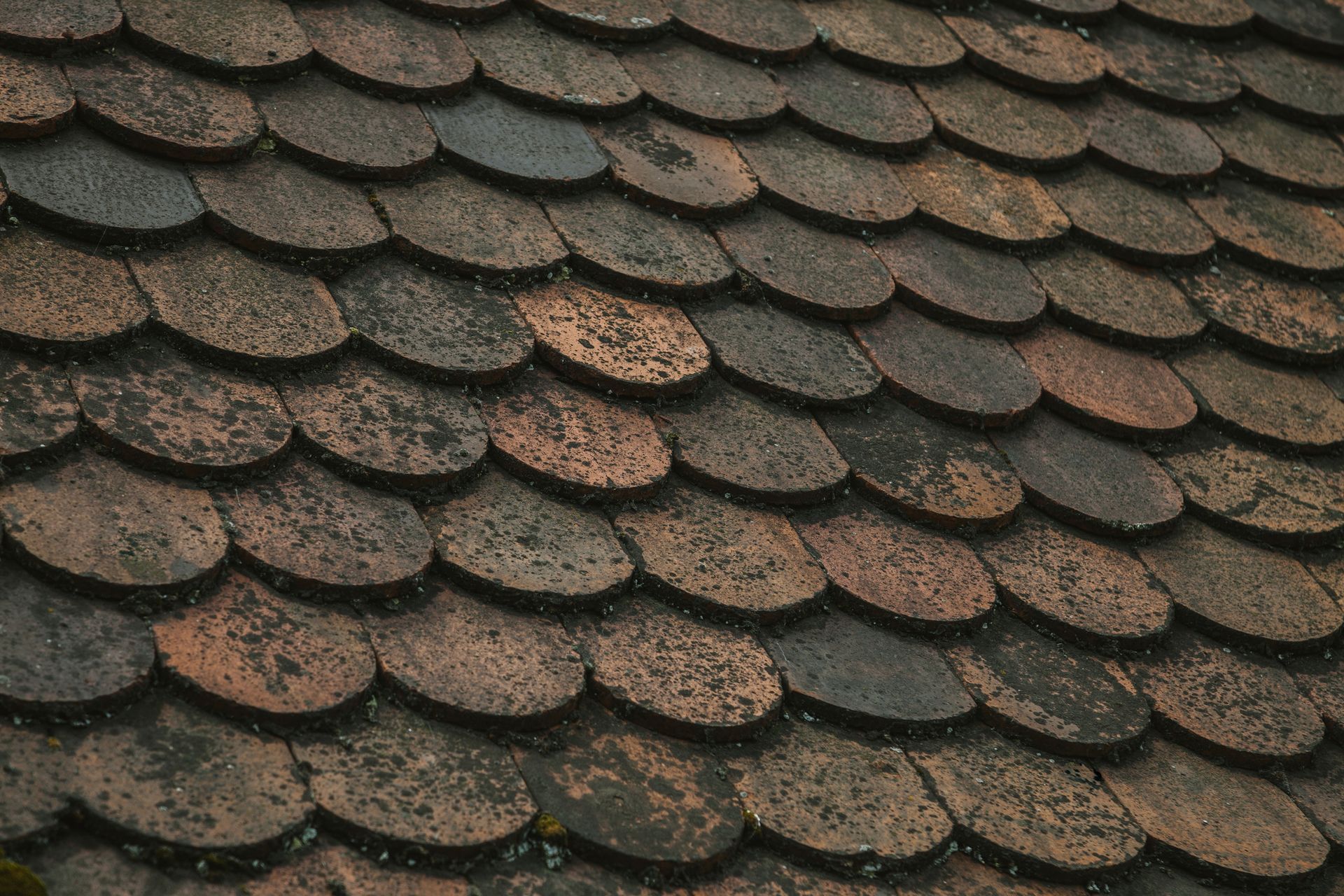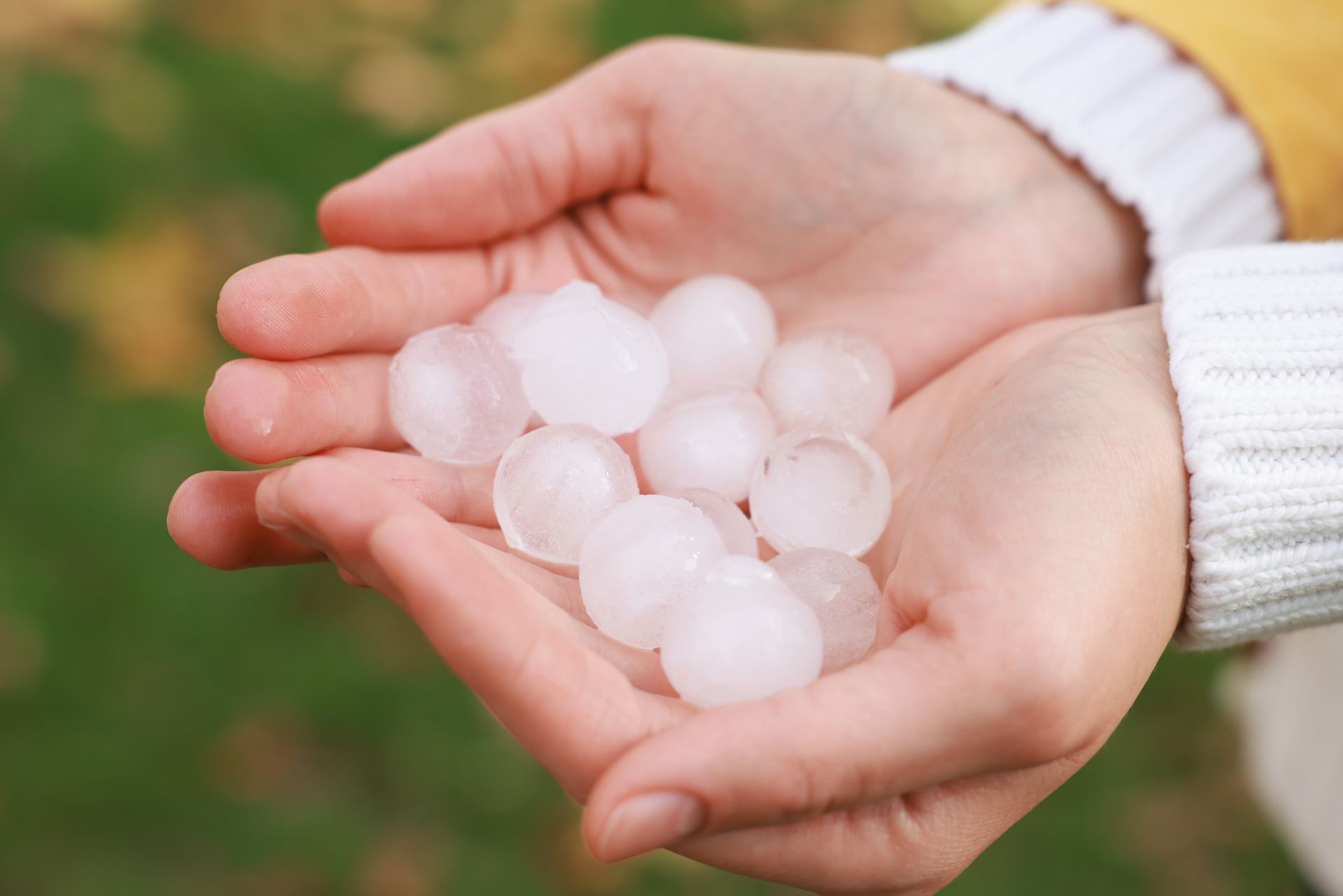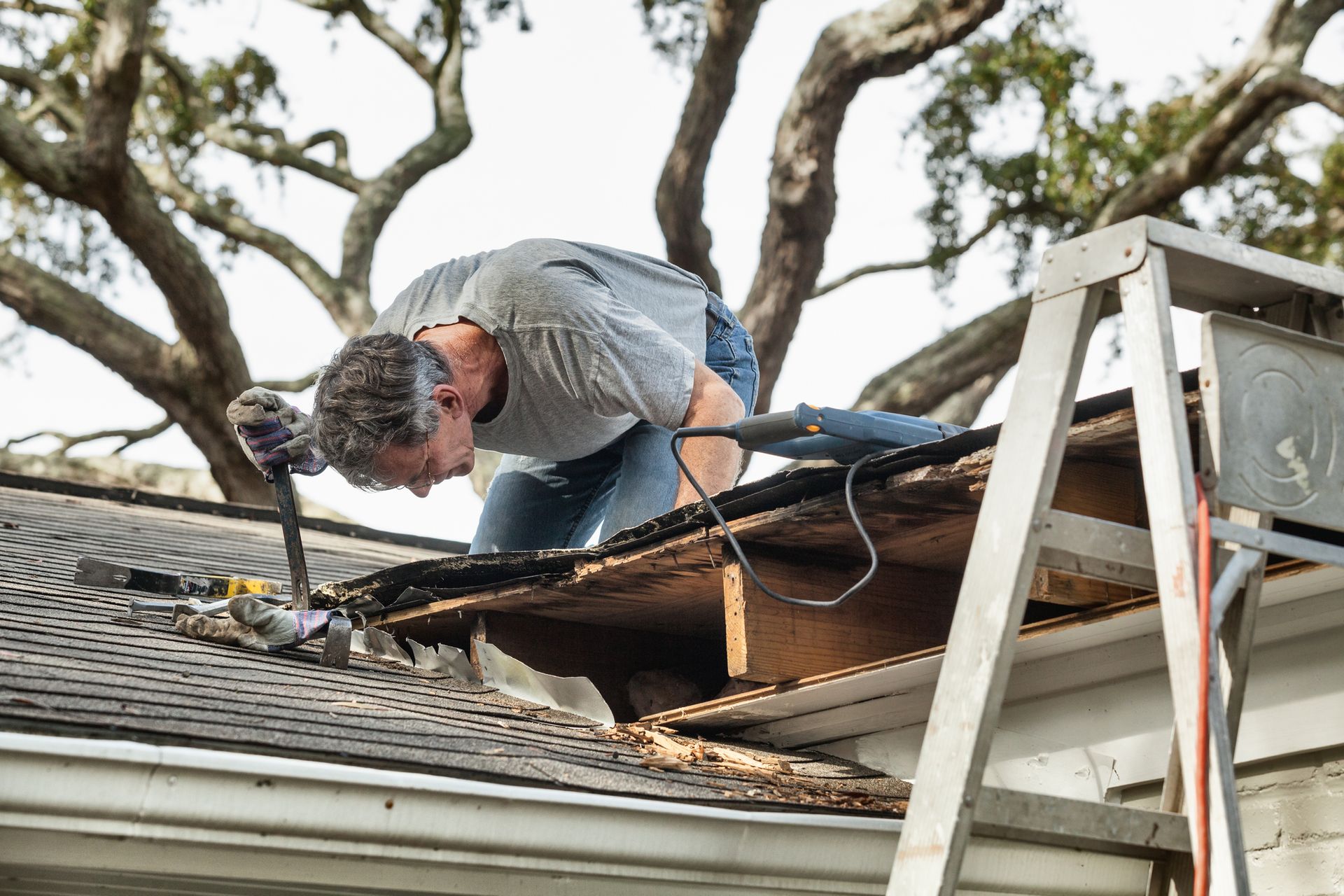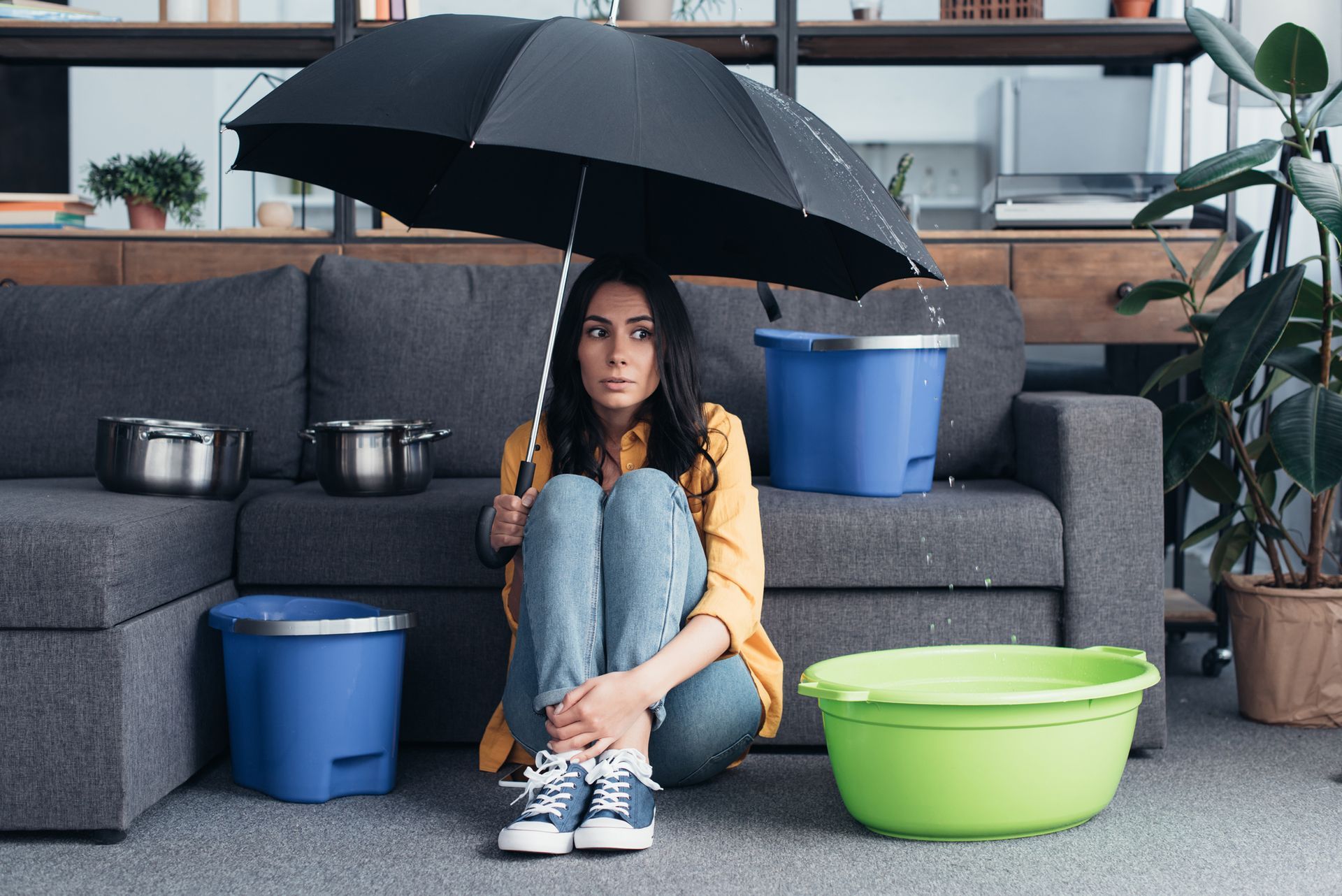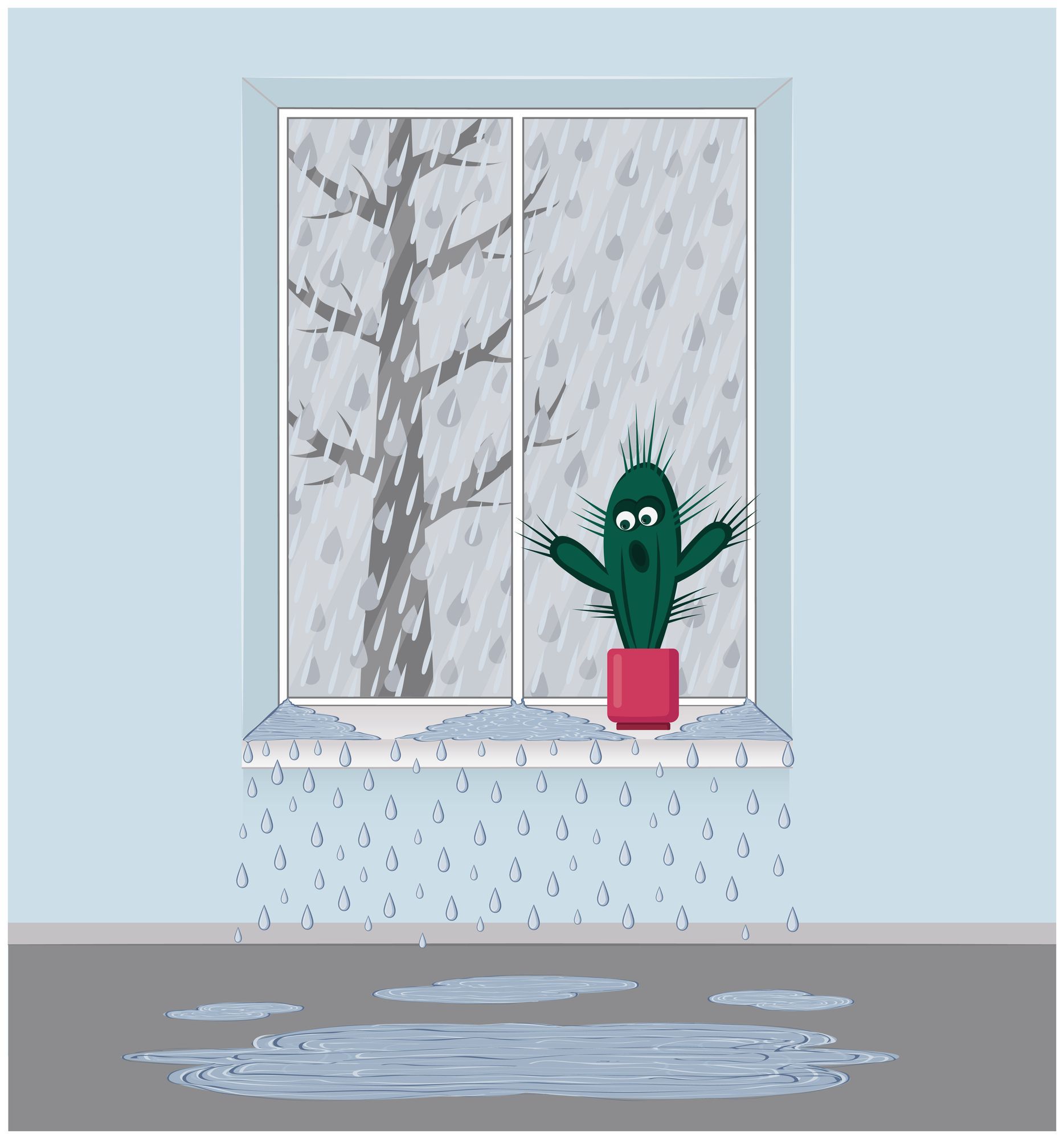Tree Falls on Your House
Rachael Eslao • June 4, 2021
What to Do if a Tree Falls on Your House
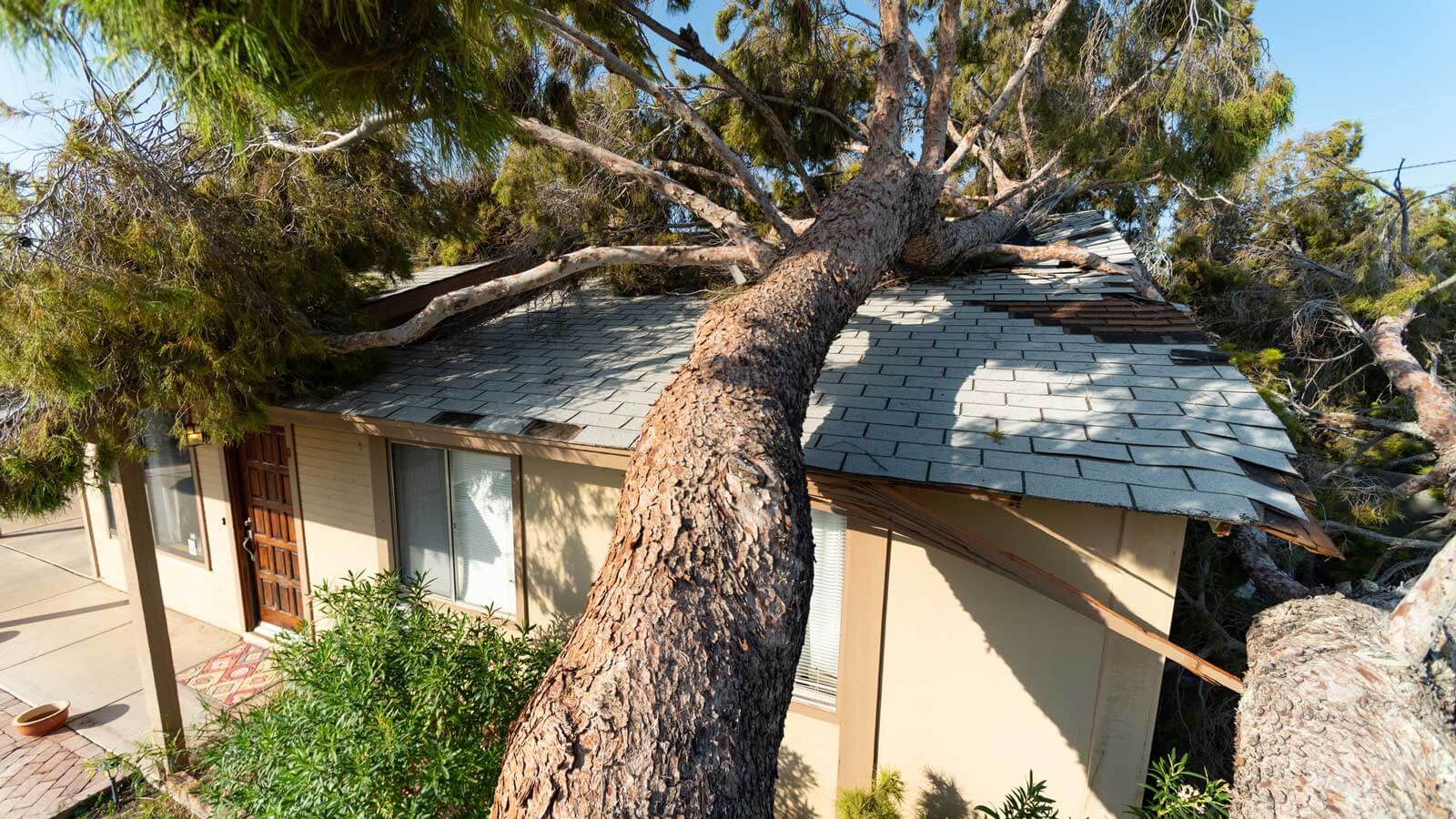
High winds, heavy rain, and lightning are all factors that can cause trees to fall. There will probably not be any trees falling on our homes this season, but knowing what to do in the event of one is prudent. Knowing what steps to take immediately and acting quickly may help you save your family and protect your home from significant damage. If a tree or branch falls on your roof, follow these steps:
Immediately Evacuate Everyone from The House.
You should have an evacuation plan in place so everyone in your home knows how to exit safely and quickly. Prepare your family for a storm well in advance. You may want to make a "go bag" with backup copies of important documents, cash, car keys, and other essentials to ensure you are ready to leave your home whenever danger arises.
Call 911.
No matter how small the fallen tree or branch appears, don't try to deal with it on your own. The most important thing to remember is not to climb onto your roof during a storm. Even expert roofers are at risk when working on a roof. Storm winds are often extremely strong, and rain can make roofs slippery and dangerous. You can get struck by lightning if you climb on your roof, in addition to falling. Branches or trees landing on your roof can also compromise its structural integrity, increasing the risk of collapse.
Call emergency services after you and your family have evacuated your home and reached a safe location. Depending on your situation, they might send a fire crew or public utility representative to make sure your home is safe, including checking if there is a fire hazard or electrical problems.
Contact Your Insurance Company.
Storm debris, such as trees that have fallen, is usually covered by home insurance policies and umbrella policies. However, your recovery may be adversely impacted if the damage is partly due to negligence on the homeowner's part. Your insurance company will likely cover the costs of replacing a healthy tree on your property if it is knocked down during a storm. In the case of an old, rotten tree that falls or loses limbs, your recovery may be reduced if it is determined that you were aware of the potentially hazardous situation and could have prevented it.
Once you report the damage to your insurance company, they will tell you what to do next. Roofers may be recommended or sent out to board up broken windows or cover exposed areas to prevent further water damage.
As soon as it's safe to do so, take pictures of the damage. Try to capture your home from many angles, including close-ups and long shots. Be prepared to show your insurance company the photos; many companies allow you to upload them to their web-based system to speed up the evaluation process.
All Your Local Roofing Contractor.
For an emergency such as this, it would be useful to have a trusted roofing contractor picked out in advance. If you don't, you could end up hiring the first roofer you find, which could prove costly. It is important to be cautious of storm chasers who claim to be able to help homeowners in emergency roofing situations but take their money. To handle the repair work, find a reputable, good roofing contractor.
Make Sure to Leave Your Home Safe and Secure.
Depending on the extent of the damage, you may not be able to live in your home immediately. If you are going to be away, make sure your doors and windows are locked and secure anything valuable. Your family's safety should be your top priority. Both falling trees and damaged roofs are not to be taken lightly. You should leave the situation to the professionals.
If a tree or branch has fallen on your home and you need immediate tarping, give Roof Tarp & Board Up a call today.



